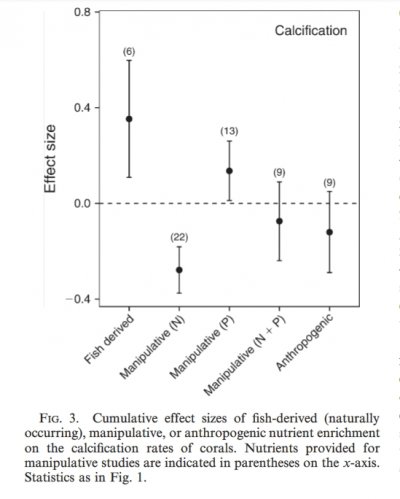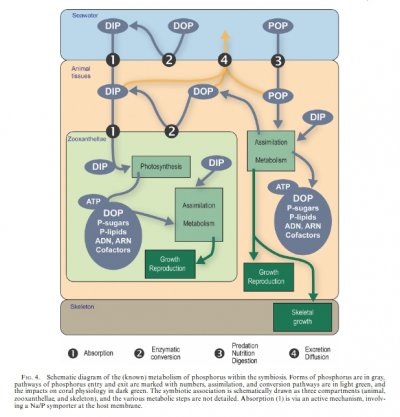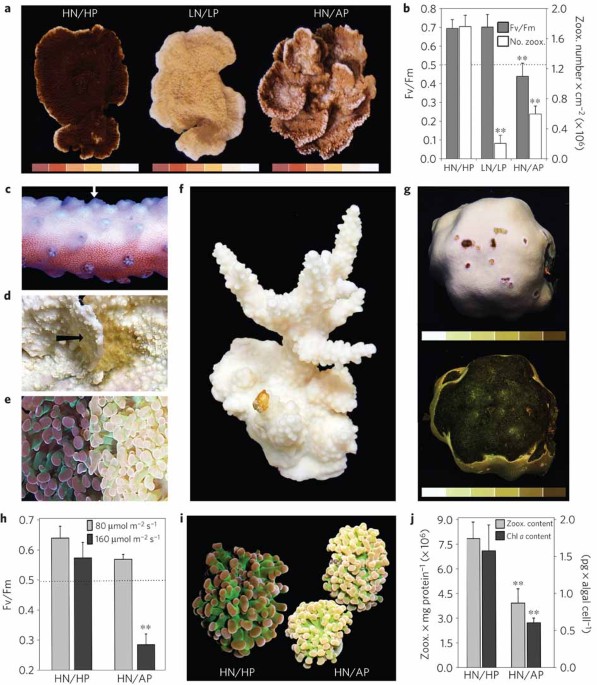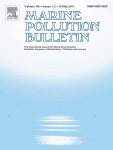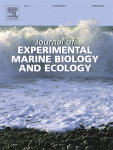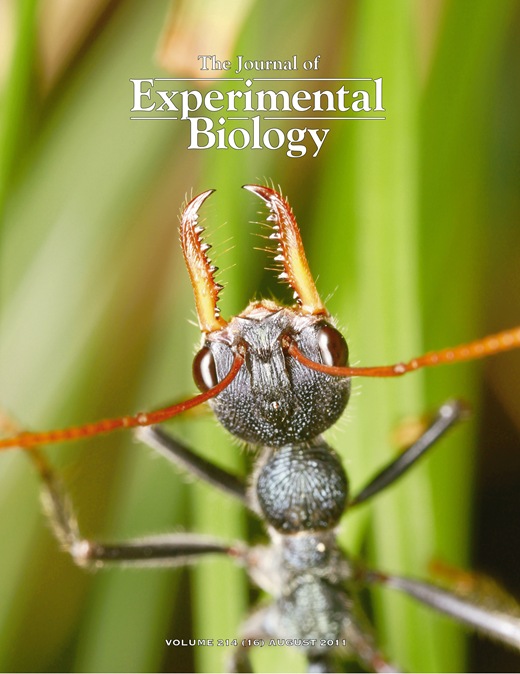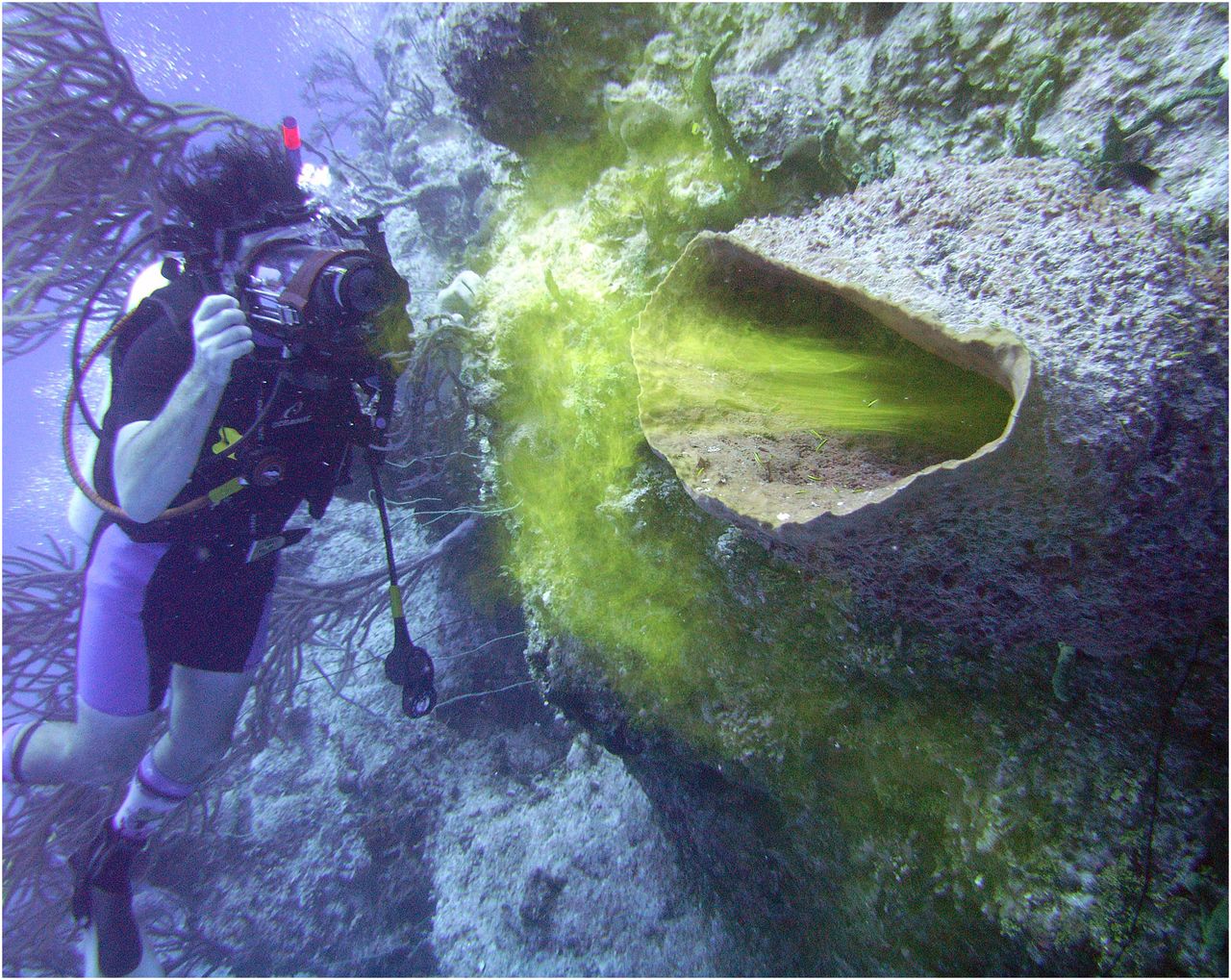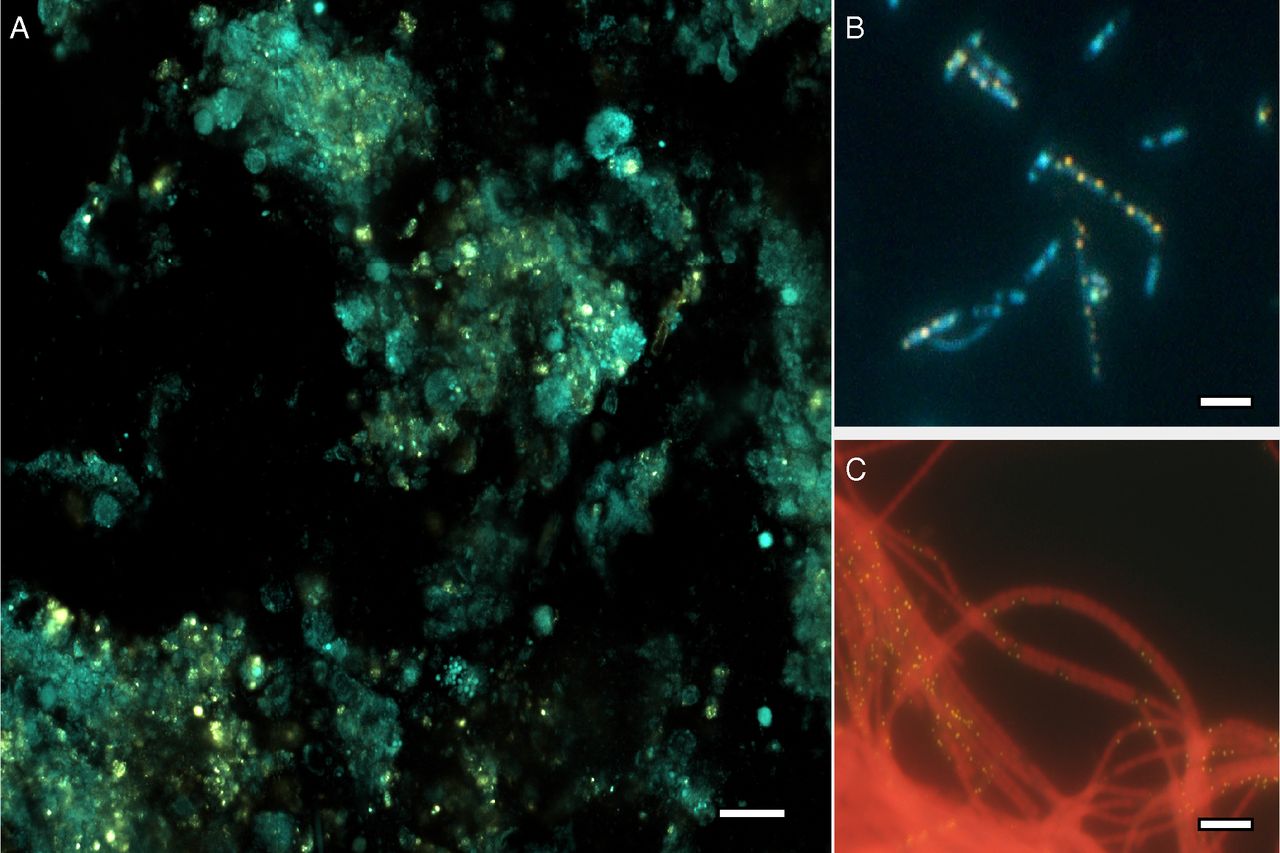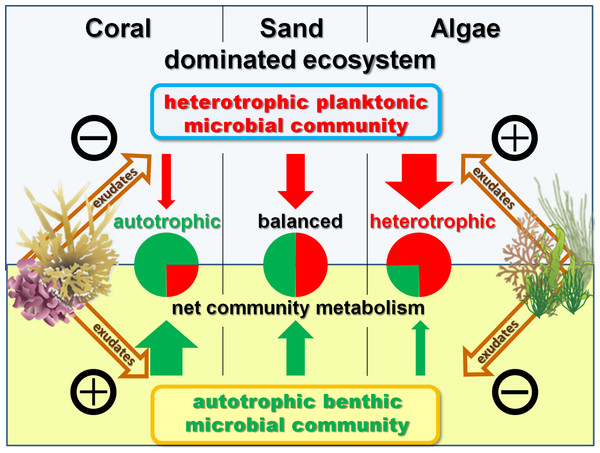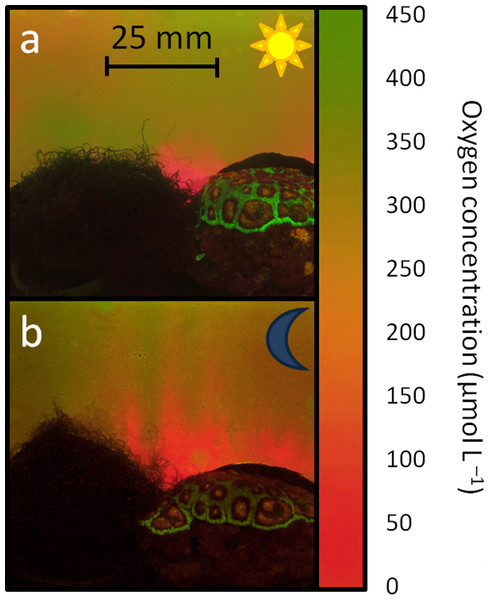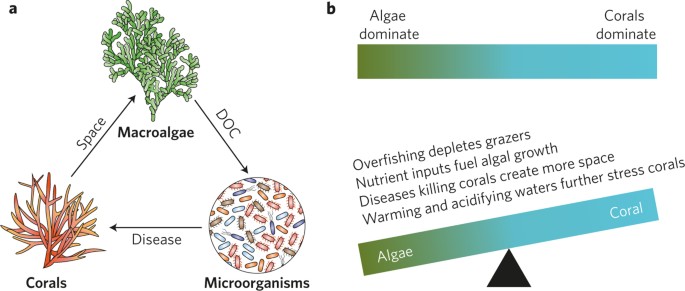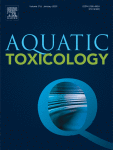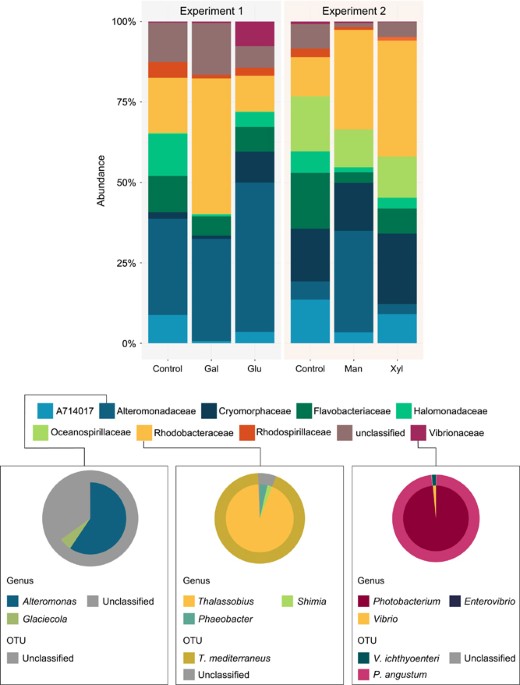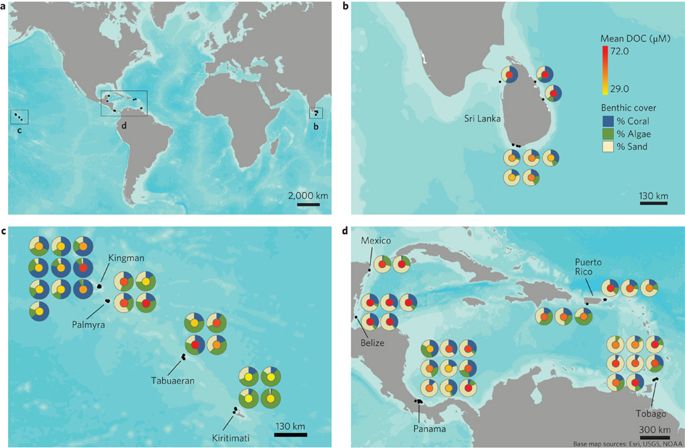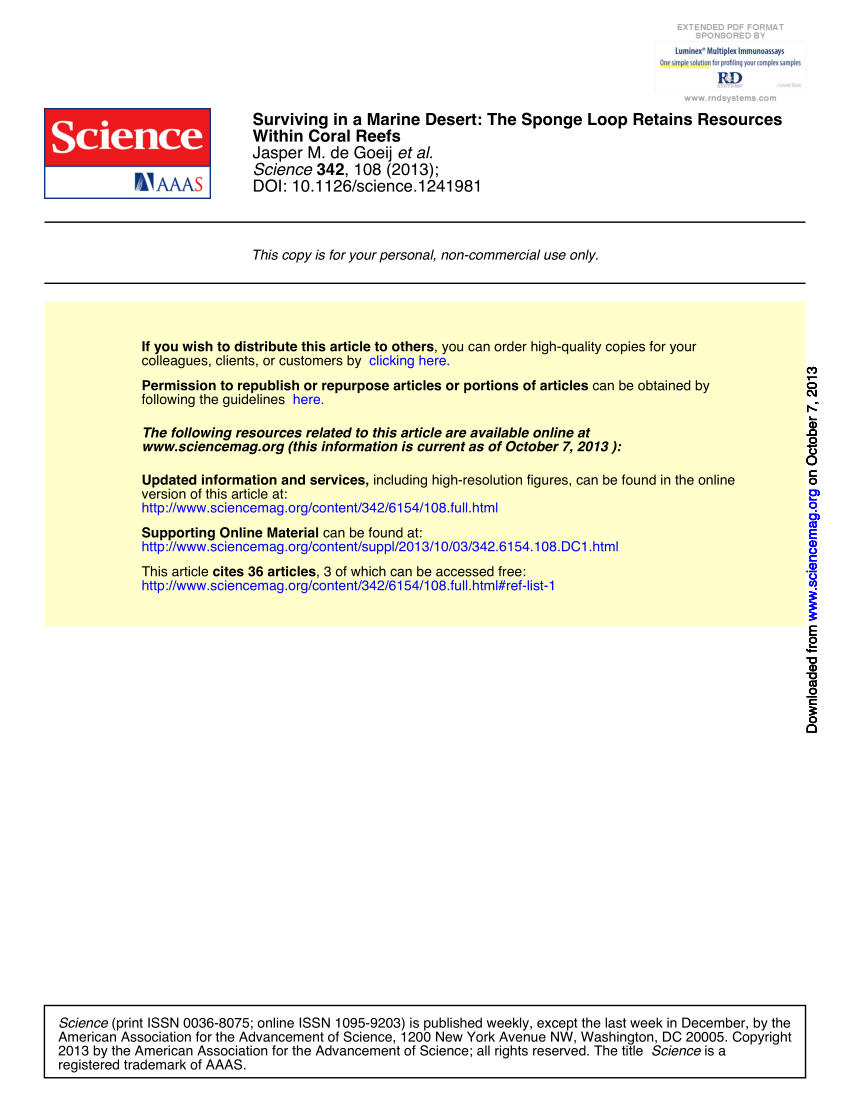Hello all.
I have been running a zeovit 100 gallon tank since Aug 2020.
Despite using the zeo guidelines I still cannot get my nitrates down 25ppm. and all my corals are pale and dull with zero growth. There is way too much Algae film on rocks and glass for a zeovit tank and rock are filled with detritus despite turkey basting it daily!
I have been noticing zero reading on my salifert phosphate kit for some time and suspecting I have nitrate phosphate imbalance in the tank, which is resulting in corals not having any phosphate to utilize and despite heavy feeding all I seem to do is to add more and more nitrate. Nitrates have been steadily going up every time I take the reading.
As it is a new tank I am very cautious but would you recommed adding phosphate to bring the nitrate down and have some level of phosphates for corals to feed on?
Please advise.
I have been running a zeovit 100 gallon tank since Aug 2020.
Despite using the zeo guidelines I still cannot get my nitrates down 25ppm. and all my corals are pale and dull with zero growth. There is way too much Algae film on rocks and glass for a zeovit tank and rock are filled with detritus despite turkey basting it daily!
I have been noticing zero reading on my salifert phosphate kit for some time and suspecting I have nitrate phosphate imbalance in the tank, which is resulting in corals not having any phosphate to utilize and despite heavy feeding all I seem to do is to add more and more nitrate. Nitrates have been steadily going up every time I take the reading.
As it is a new tank I am very cautious but would you recommed adding phosphate to bring the nitrate down and have some level of phosphates for corals to feed on?
Please advise.







